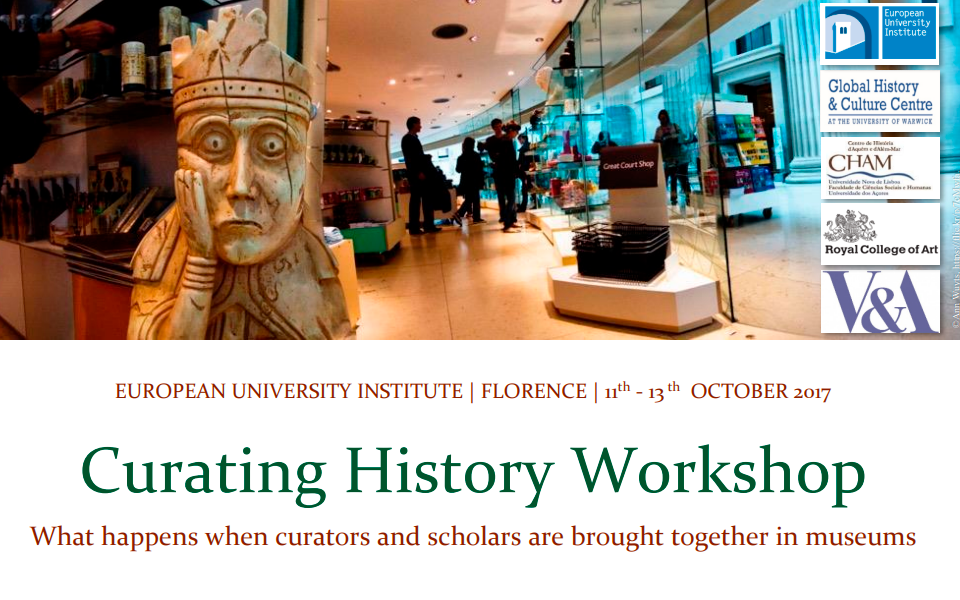
Programa disponível aqui
Museums display objects constructed in historical complexity which cannot be explained by one single narrative. This complexity constitutes an obstacle for museum actors, who are assigned the task of providing an interpretation that can never embrace the entirety of the narratives contained in one object. Additionally, this difficulty expands when objects have to be placed in the narrative of permanent exhibitions, which present certain specific constraints.
Permanent exhibitions are at the core of the work of most museums. Even if ‘permanent’ does not mean eternal, these exhibitions are the public expression of the museum’s collections and mission. Thus, considering the limitations in both presenting the historical complexity of objects and taking into account the constraint of choosing a narrative for permanent exhibitions, we wish to look out for ways in which the museum can be turned into a place of convergence where curators, researchers and audiences can think historically about objects.
Are there new and old ways of curating history in permanent exhibitions? How is it possible to bring together museums, academia, and the public? In organising this workshop, we would like to offer a place for discussion where curators and scholars from a broad variety of institutions (museums, universities, research institutes etc.) elaborate a joint reflection in both theoretical and practical terms, structured around four sessions: History, Responsibility, Mediation and Communication (between Curators & Scholars)
Organização
CHAM / NOVA FCSH
EUI
Warwick
V&A